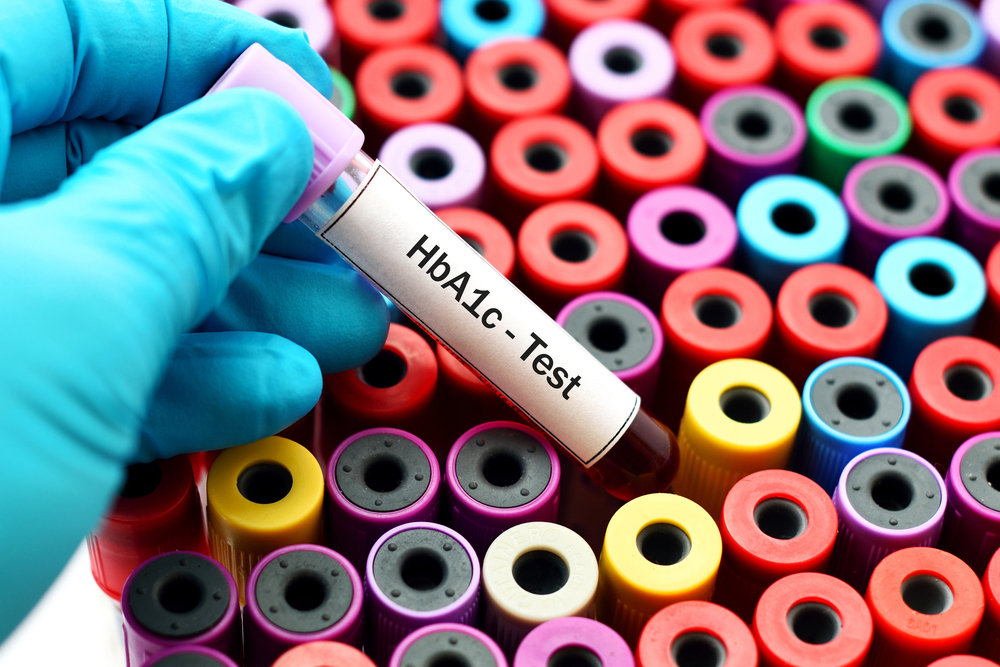How to Control Increasing Blood Sugar Levels in Winter?

Maintaining blood sugar levels is vital for avoiding health complications. However, the winter season poses unique challenges for blood sugar control, such as reduced outdoor activity, winter holiday gatherings with high-calorie foods, lowered vitamin D levels from less sun exposure, and higher chances of getting seasonal illnesses. All of these put the body under stress, resulting in insulin resistance, and therefore elevated blood sugar levels.
Implementing healthy habits, regularly monitoring blood glucose levels and consulting a doctor can help manage high blood sugar levels during the winter season.
What is High Blood Sugar Level?
High blood sugar refers to an elevated concentration of glucose in the bloodstream. Glucose is the primary source of energy for the body, derived from the food one eats. During winters, managing blood sugar levels becomes crucial due to specific challenges posed by the colder weather.
What Causes High Blood Sugar Levels in Winter?
Several factors contribute to elevated blood sugar levels during the winter months:
- Reduced Physical Activity: Colder temperatures may discourage outdoor activities, leading to a decline in physical exercise, which impacts the body’s ability to utilise glucose efficiently.
- Festive Eating Habits: Festive celebrations often involve indulgence in rich, sugary foods, leading to irregular eating patterns and higher calorie intake.
- Cold-Weather Stress: The body’s response to cold weather includes the release of stress hormones, that can potentially elevate blood sugar levels.
What are the Risks Associated with High Blood Sugar Levels?
High blood sugar levels, if not properly managed, can lead to serious complications affecting various organs and systems in the body.
These risks may include:
- Cardiovascular issues
- Kidney damage
- Vision problems
- Nerve damage
What are High Blood Sugar Level Symptoms?
Below are the major symptoms of high blood sugar level:
- Excessive thirst
- Frequent urination
- Fatigue
- Blurred vision
How is High Blood Sugar Level Diagnosed?
Common diagnostic tests for high blood sugar levels include:
- Fasting Blood Sugar Test: This test measures blood glucose levels after an overnight fast.
- Oral Glucose Tolerance Test (OGTT): OGTT evaluates how the body handles glucose after consuming sugar.
- Haemoglobin A1c Test: This test is done to monitor average blood sugar levels over the past two to three months.
How to Manage Blood Sugar Levels in Winter?
Here is how to control blood sugar levels during winter:
- Stay Warm: Changes in environmental temperature can negatively impact blood sugar levels. Therefore, it is recommended to dress in layers of wool, silk or polyester blends to retain body heat efficiently. Staying warm minimises cold-induced spikes in blood glucose common during winter.
- Maintain Exercise Regimens Indoors: With colder temperatures limiting outdoor activities, it’s crucial to find alternative ways to stay physically active. Engaging in indoor exercises, whether at a gym or home-based, helps maintain a healthy weight and improves insulin sensitivity.
- Be Mindful of Dietary Choices: During the winter months, reducing blood sugar levels becomes crucial, and dietary choices play a significant role. Focus on nutritious whole food options like non-starchy vegetables, high-fibre grains, lean protein sources and healthy fats. It is also advised to avoid fried, sugary, and processed carb options.
- Increase Vitamin D Intake: Adequate vitamin D is linked with enhanced insulin response and sensitivity. To compensate for limited sunlight exposure, increase dietary vitamin D like fatty fish, dairy products, eggs, and doctor-recommended supplements.
- Check Blood Sugar Frequently: Regular monitoring of blood sugar levels is crucial during winter due to changes in activity levels and dietary habits. Individuals should collaborate with healthcare professionals to establish a monitoring routine and make necessary adjustments to medication or insulin doses.
Preparation and planning can help implement proper diabetes control. Being vigilant about monitoring glucose readings, consulting a doctor to make adjustments to medication and diet, and focusing on healthy lifestyle habits allows people to regulate blood sugar in cold weather.
Dr Lal PathLabs offers reliable diagnostic services to help people with diabetes manage their condition effectively.
FAQs
1. Why is blood sugar level high in winter?
Being less active and getting inadequate exercise due to the weather can lead to elevated glucose levels in winter. The body also releases stress hormones as a response to the stress of dealing with the cold weather. These hormones impact insulin resistance, causing high blood sugar. Additionally, festive meals tend to be higher in carbohydrates and sugars, which can spike blood glucose levels.
2. How to lower blood sugar levels in winter?
To lower elevated blood sugar in the winter, it’s important to exercise regularly, closely follow meal plans and medication dosage schedules, opt for lower-carb choices, check blood sugar frequently, and adjust medicines as needed.
3. What is the normal blood sugar level in adults?
For adults, normal blood sugar levels are less than 100 mg/dL for fasting blood sugar upon waking, less than 140 mg/dL 2 hours after meals, and an HbA1C level of less than 5.7% to reflect average blood glucose over 2-3 months.














